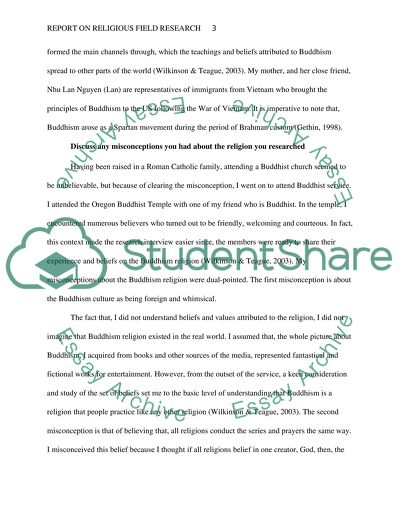Cite this document
(“Report on Religious Field Research Essay Example | Topics and Well Written Essays - 1250 words - 4”, n.d.)
Retrieved from https://studentshare.org/religion-and-theology/1476913-report-on-religious-field-research
Retrieved from https://studentshare.org/religion-and-theology/1476913-report-on-religious-field-research
(Report on Religious Field Research Essay Example | Topics and Well Written Essays - 1250 Words - 4)
https://studentshare.org/religion-and-theology/1476913-report-on-religious-field-research.
https://studentshare.org/religion-and-theology/1476913-report-on-religious-field-research.
“Report on Religious Field Research Essay Example | Topics and Well Written Essays - 1250 Words - 4”, n.d. https://studentshare.org/religion-and-theology/1476913-report-on-religious-field-research.


